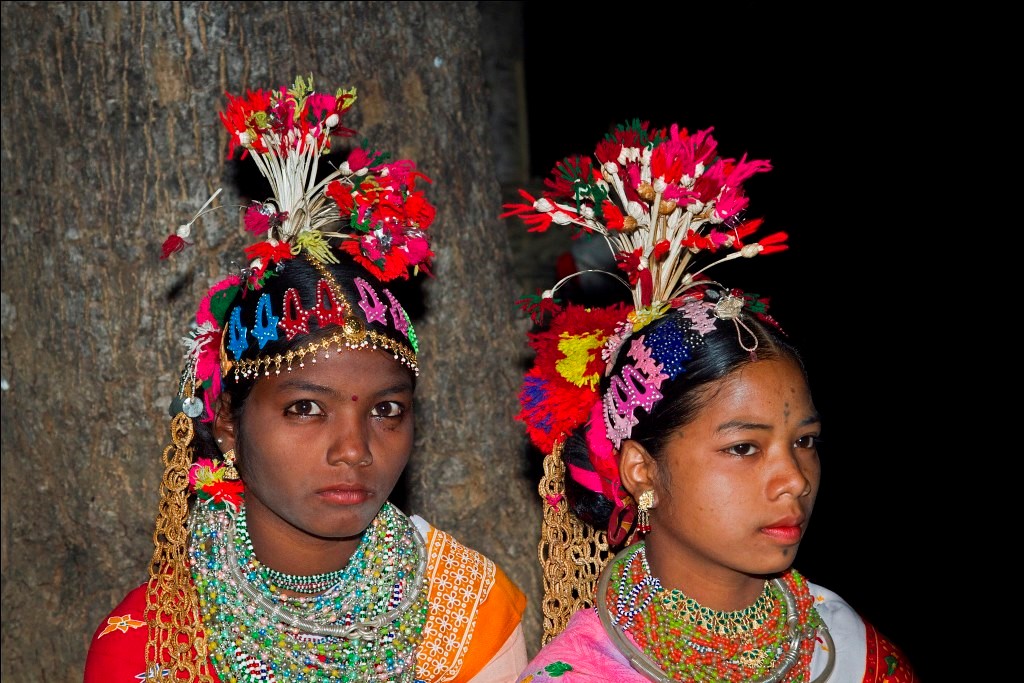Free Courses Sale ends Soon, Get It Now


Free Courses Sale ends Soon, Get It Now



Disclaimer: Copyright infringement not intended.
Context
Details
Habitat Rights and Their Significance
Legal Framework
Protection from Development Activities
Criteria for Identifying PVTGs
Recognition in Chhattisgarh
About Baiga tribe
Demographics:
Livelihood:
Challenges:
Culture:
Forced Evictions:
Conclusion
The granting of habitat rights to the Baiga tribe in Chhattisgarh is a positive step towards preserving the heritage, lifestyle, and culture of tribal communities. It underscores the commitment to protect and empower these communities, ensuring that their traditional knowledge and way of life continue to thrive in their natural habitats.
|
PRACTICE QUESTION Q. The Baiga tribe has a distinct language known as "Baigani." However, it is now recognized as a variety of which regional language influenced by Gondi? a. Bengali b. Marathi c. Chhattisgarhi d. Kannada Answer: c. |
© 2024 iasgyan. All right reserved